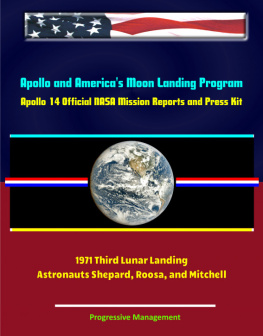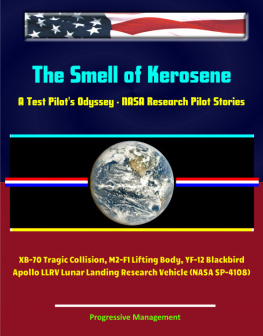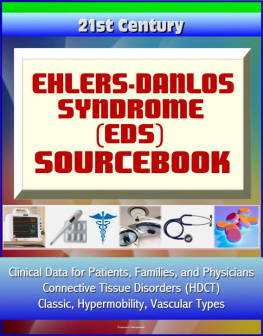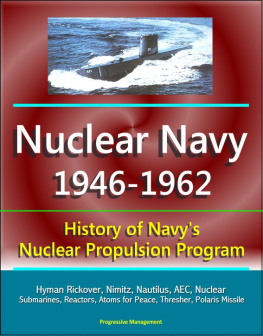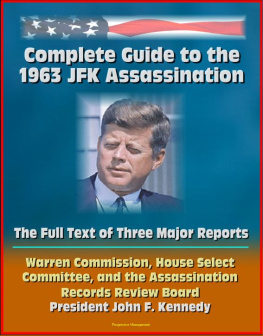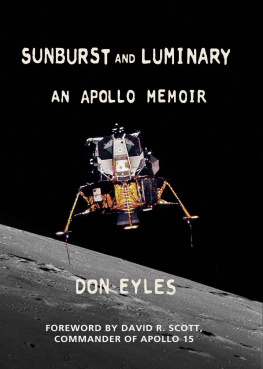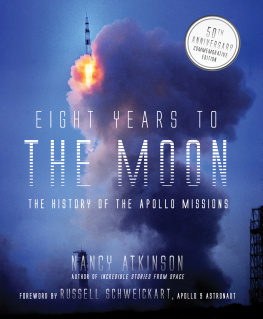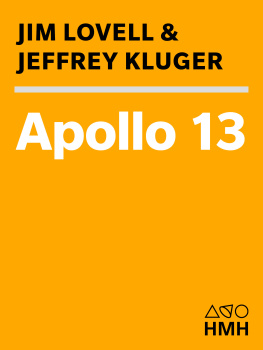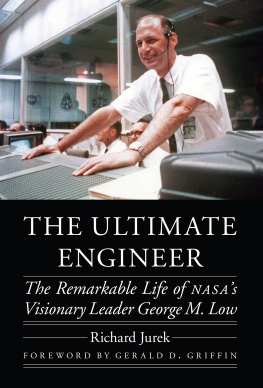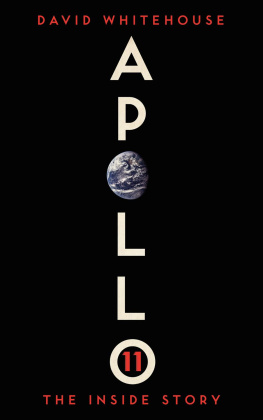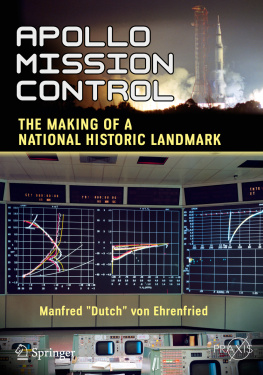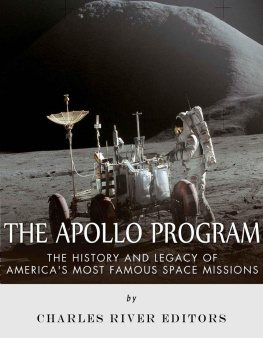Progressive Management - Apollo and Americas Moon Landing Program: Apollo 14 Official NASA Mission Reports and Press Kit--1971 Third Lunar Landing--Astronauts Shepard, Roosa, and Mitchell
Here you can read online Progressive Management - Apollo and Americas Moon Landing Program: Apollo 14 Official NASA Mission Reports and Press Kit--1971 Third Lunar Landing--Astronauts Shepard, Roosa, and Mitchell full text of the book (entire story) in english for free. Download pdf and epub, get meaning, cover and reviews about this ebook. year: 2011, publisher: Progressive Management, genre: Romance novel. Description of the work, (preface) as well as reviews are available. Best literature library LitArk.com created for fans of good reading and offers a wide selection of genres:
Romance novel
Science fiction
Adventure
Detective
Science
History
Home and family
Prose
Art
Politics
Computer
Non-fiction
Religion
Business
Children
Humor
Choose a favorite category and find really read worthwhile books. Enjoy immersion in the world of imagination, feel the emotions of the characters or learn something new for yourself, make an fascinating discovery.
- Book:Apollo and Americas Moon Landing Program: Apollo 14 Official NASA Mission Reports and Press Kit--1971 Third Lunar Landing--Astronauts Shepard, Roosa, and Mitchell
- Author:
- Publisher:Progressive Management
- Genre:
- Year:2011
- Rating:3 / 5
- Favourites:Add to favourites
- Your mark:
Apollo and Americas Moon Landing Program: Apollo 14 Official NASA Mission Reports and Press Kit--1971 Third Lunar Landing--Astronauts Shepard, Roosa, and Mitchell: summary, description and annotation
We offer to read an annotation, description, summary or preface (depends on what the author of the book "Apollo and Americas Moon Landing Program: Apollo 14 Official NASA Mission Reports and Press Kit--1971 Third Lunar Landing--Astronauts Shepard, Roosa, and Mitchell" wrote himself). If you haven't found the necessary information about the book — write in the comments, we will try to find it.
Three comprehensive official NASA documents - converted for accurate flowing-text e-book format reproduction - chronicle the successful flight of Apollo 14, which resumed the lunar landing program following the Apollo 13 accident.
Two technical mission reports, the Manned Spacecraft Center (MSC) Apollo Mission Report and the NASA Headquarters Mission Operation Report (MOR), provide complete details about every aspect of the mission.
Apollo 14 MSC Mission Report: Mission description, pilots' report, communications, trajectory, command and service module performance, mission support performance, assessment of mission objectives, launch vehicle summary, anomaly summary (CSM, LM, government furnished equipment), conclusions, vehicle descriptions. Apollo 14 MOR: Mission design and execution, spacecraft performance, flight anomalies, detailed objectives and experiments, launch countdown, detailed flight mission description, back contamination program, contingency operations, configuration differences, mission support, recovery support plan, flight crew, mission management responsibility, program management, abbreviations and acronyms. Apollo 14 Press Kit: Detailed preview from countdown to landing.
Apollo 14 launched on January 31, 1971. Difficulties were experienced in docking with the lunar module, or LM, and six attempts were required before a hard dock was achieved. On Feb. 5, Antares made the most precise landing to date, approximately 87 feet from the targeted landing point. The landing point coordinates were 3 degrees, 40 minutes, 27 seconds south and 17 degrees, 27 minutes, 58 seconds west, midway between the Doublet and Triplet craters in the hilly uplands of the Fra Mauro crater, and about 110 miles east of the Apollo 12 landing site. Due to communications system problems, the first period of extra vehicular activity, or EVA, began almost one hour later than scheduled with Commander Alan Shepard setting foot on the lunar surface at 114 hours, 31 minutes GET. The first of the two EVA periods included ALSEP deployment and lasted four hours, 49 minutes. The second EVA on Feb. 6 began when the LM egress hatch was opened at 4:15 a.m. EST. During this EVA, Shepard and Edgar Mitchell moved more than half a mile from their LM, conducting selenological investigations, collecting samples and attempting to reach the rim of Cone crater, approximately 300 feet above the landing site. NASA personnel monitoring the EVA estimate that the two astronauts were within 50 to 75 meters of the crater rim when they were advised by mission control to collect samples at that spot and begin their traverse back to the LM. The second EVA lasted four hours, 35 minutes, resulting in a new mark for EVA time by a lunar landing crew: nine hours, 24 minutes. Shepard set a new distance-traveled record on the lunar surface of approximately 9,000 feet.
The liftoff of Antares from the lunar surface took place precisely on schedule. Rendezvous and docking occurred only two minutes later than scheduled. The command module Kitty Hawk splashed down safely in the Pacific Ocean at 4:05 p.m. EST Feb. 9, exactly nine days and two minutes after launch. The actual landing point was only 1.02 nautical miles off its targeted point of about 765 nautical miles south of Samoa, and four miles from the prime recovery ship, the USS New Orleans. The mission duration from liftoff to splashdown was 216 hours, two minutes.
Progressive Management: author's other books
Who wrote Apollo and Americas Moon Landing Program: Apollo 14 Official NASA Mission Reports and Press Kit--1971 Third Lunar Landing--Astronauts Shepard, Roosa, and Mitchell? Find out the surname, the name of the author of the book and a list of all author's works by series.

